Precision-ground and high-accuracy, these hardened steel blocks ensure durability and stability. Ideal for calibration, machining, and quality control, they provide exact length standards for micrometers, calipers, and more.
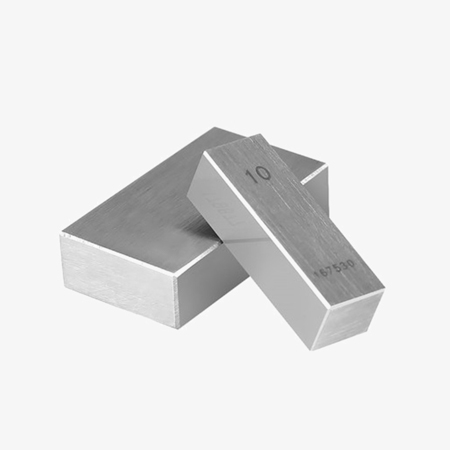
Durable and Precision-Engraved Hard Stainless Steel Gauge Block
- Made from hard stainless steel, the gauge block offers high hardness, strength, and excellent wear and corrosion resistance, ensuring stability and durability for precision measurement.
- Each gauge block is marked with its corresponding size and model using advanced laser engraving technology, ensuring clear and visually appealing markings.
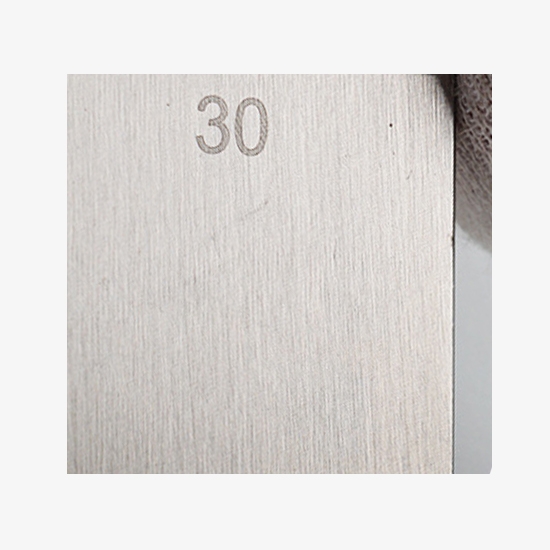
User-Friendly Design and Protective Storage
- Each gauge block features chamfered edges and rounded corners for safe handling and a comfortable grip.
- Compact and impact-resistant, the plastic case keeps gauge blocks securely organized and protected during storage and transport.
Applications
Steel gauge blocks are used for precision length measurement, calibration, and tool verification in machining, inspection, and metrology applications. They provide accurate reference standards for calibrating micrometers, calipers, and dial indicators, ensuring precise measurements in quality control and manufacturing. Commonly used in machine tool setup, fixture alignment, and instrument verification, they help maintain consistency and accuracy in industrial and laboratory environments.
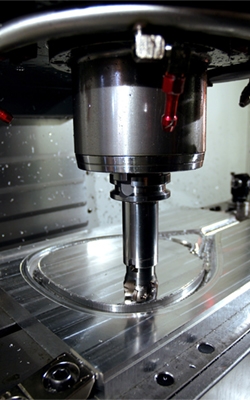
Machining
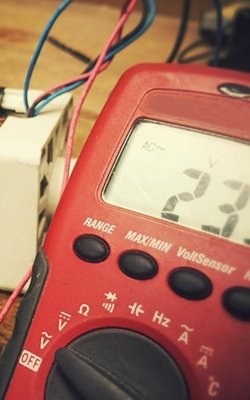
Instrument Manufacturing

Construction

Aerospace
| Model | SISCO-MSGB-LK |
| Material | Hard stainless steel |
| Engraving Process | Laser engraving |
| Packing Method | Plastic case |
| Size (Optional) * | 6mm, 7mm, 8mm, 9mm, 10mm, 20mm, 30mm, 50mm, 60mm |
Detail
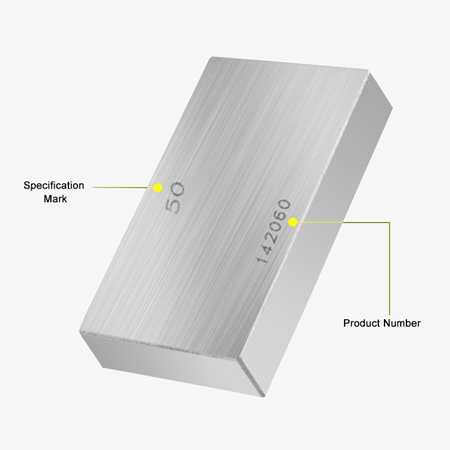
Q1: What are the different grades of gauge blocks?
A1: Gauge blocks come in different grades based on their precision and intended use. The main grades include:
- K Grade (Calibration Grade) – Highest accuracy, used in national metrology labs for primary calibration.
- Grade 00 – High precision, used in calibration labs and inspection rooms.
- Grade 0 – Precision measurement for tool rooms and high-accuracy machining.
- Grade 1 – General industrial inspection and high-precision manufacturing.
- Grade 2 – Standard for workshops and production environments.
- Workshop Grade – Lower precision, used for routine machine setup.
Q2: How to select the right gauge block set?
A2: Selecting the right gauge block set depends on accuracy requirements, material, grade, and measurement system. Consider the following:
- Accuracy & Grade – Choose Grade K or 00 for laboratory calibration, Grade 0 for high-precision machining, and Grade 1 or 2 for general industrial use.
- Material – Steel is durable, ceramic resists corrosion, and tungsten carbide offers extreme wear resistance.
- Measurement System – Select metric (mm) or imperial (inch) based on your industry standards.
- Number of Blocks – A larger set (81 or 103 pieces) provides more versatility, while smaller sets (36 or 46 pieces) suit basic applications.
Gauge blocks help maintain precision and consistency in machine alignment and calibration.
Q3: What is the difference between metric and imperial gauge block sets?
A3: The difference between metric and imperial gauge block sets lies in their unit of measurement and step increments. Metric gauge blocks use millimeters (mm) as the standard and typically follow increments such as 1.001 mm, 1.002 mm, etc. Imperial gauge blocks use inches, often following increments like 0.1001 inches, 0.1002 inches, and so on. While both sets serve the same purpose—precise length measurement and calibration—their use depends on the measurement system required for specific tools, industries, or regions.
Tips: What are the common mistakes to avoid when using gauge blocks?
- Skipping Cleaning: Dust, oil, or debris can affect accuracy and prevent proper wringing. Always clean before and after use.
- Improper Wringing: Misalignment or excessive force can damage surfaces and compromise precision. Use a smooth sliding motion.
- Bare-Hand Handling: Moisture and oils can cause corrosion. Use gloves or tweezers to handle blocks.
- Ignoring Temperature Control: Expansion and contraction affect accuracy. Use blocks in a stable 20°C environment.
- Poor Storage: Exposure to air and humidity leads to corrosion. Store in a sealed, shockproof wooden case with anti-rust protection.
Thank you for buying industrial test and measurement equipment on SISCO.com, all products sold by SISCO and the partner cover a 12 months warranty, effective from the date of receiving the products.
What is covered?
SISCO is responsible for providing free spare parts, and free technical support to assist the customer to repair the defective products until the problem is solved.
What is not covered?
- Product purchased from anyone other than a SISCO store or a SISCO authorized reseller.
- Expendable parts.
- Routine cleaning or normal cosmetic and mechanical wear.
- Damage from misuse, abuse or neglect.
- Damage from use of parts other than SISCO approved.
- Damage from use outside the product’s usage or storage parameters.
- Damage from use of parts not sold by SISCO.
- Damage from modification or incorporation into other products.
- Damage from repair or replacement of warranted parts by a service provider other than a SISCO authorized service provider.
- Damage caused by the application environment not meeting the product usage requirements and the failure to perform preventive maintenance.

